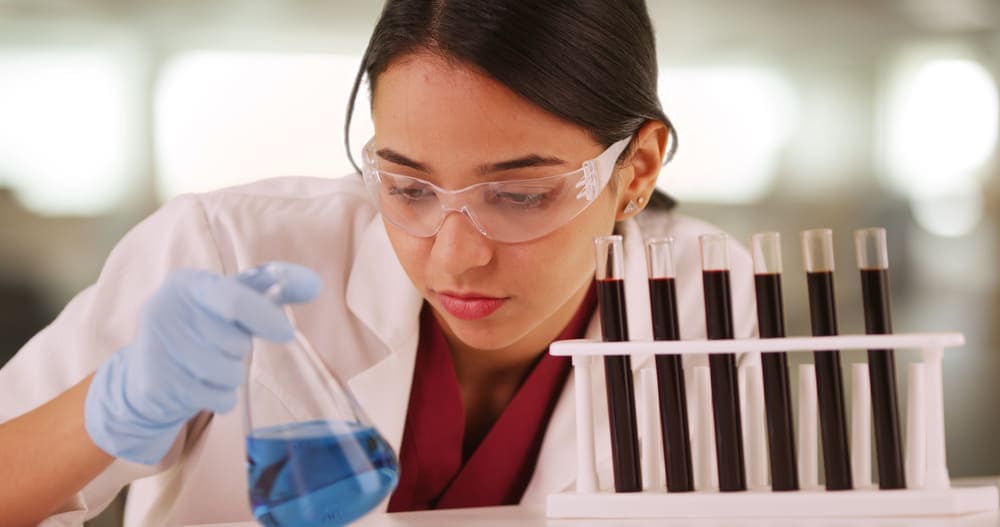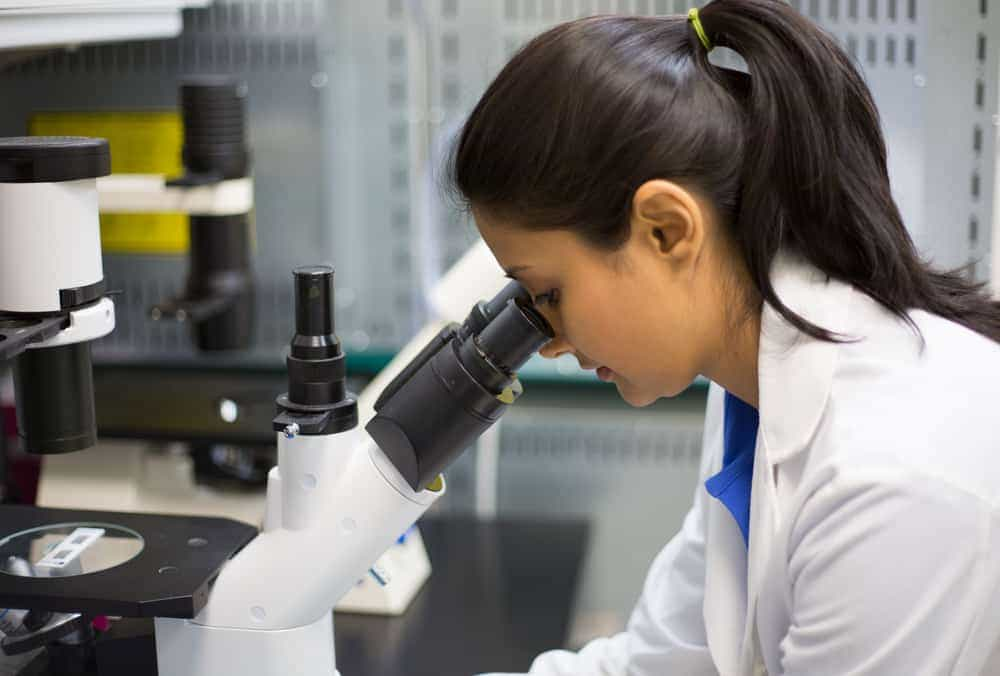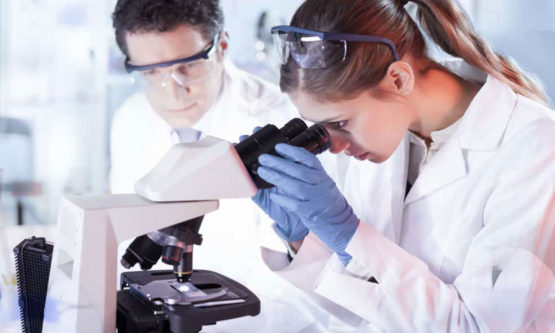
Clinical trials are one stage of process that take new drugs, medical devices and treatment from the idea stage to being available on the open market. Loads of trials are underway every day across the world. Researchers proceed from test tube studies to animal and cell studies. These are all known as pre – clinical studies, and help the research or pharmaceutical organization decide whether to proceed with further studies. If the pre – clinical work grips promise for a new treatment or cure, clinical trials are setup to test the treatment on human beings. The phases of clinical trials are;
Phase 0
This is the beginning of a human clinical trial. In the initially test on human beings, the treatment or drug is applied to human beings with micro – dosing. A small amount of treatment or drug is offered to a group of about 12 participants. The patients are then monitored closely to find if the effects are as expected. The dose is mostly too low to be therapeutic, but testing at this stage is only crafted to prove tolerability. This allows researchers to test viability of a huge number of drugs and make plans on each based on human data other than animal data.
Phase I
The first phase in which the normal therapeutic dose is managed to human beings. There are various types of phase I study which includes the single ascending dose study, the multiple ascending dose study and the food effect study. The food effect studies are performed to analyse any possible difference in effectiveness and absorption of the drug when take with food or without food.
Varying qualities are offered to analyse the most effective dose. These trials are usually done at clinics, so that the participants can be tracked closely for side effects.
Phase II
These are started once the safety of the drug has been proved in the phase 0 and II trials. Larger groups of more than three hundred are used in Phase II. These clinical trials are calculated to analyse the efficacy of the treatment and drug. Researchers begin to track side effects, safety and tolerability in this larger group.
Phase IIA
The dose that is more powerful is evaluated.
Phase IIB
Studies are performed to determine how well the medication works at this accepted dose.

Phase III
The phase III trials usually have a largest patient group of any trial phase, usually numbering in 1000s. They are usually designed to offer data on how well the confirmed efficacy works in a larger population, to continue to offer detail on side effects, and enables the drug to be estimated against the current therapies.
To demonstrate the effectiveness of drug and safety before the FDA approves a treatment or drug two successful phase III studies are needed. Trial results are usually gathered into a complete document explaining the methods and results of the studies. This document is then offered to regulatory agencies in other countries for their advantage in approving the drug for sale in their country.
Phase IV
The Phase IV trials follow the new treatment or drug after it goes to the market. These studies observe unseen long – term undesirable side effects, or to study the drug in specific population groups that were not included in the original studies.



